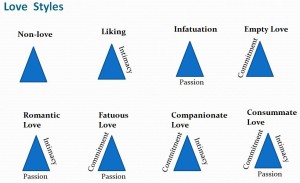Beware the Calm Before the Stormy 7 Stages of Divorce
by Jamie C. Williamson, PhD
 Divorcing couples do move through predictable and understandable stages of divorce, each associated with different practical concerns, emotions, and typical behavior patterns.
Divorcing couples do move through predictable and understandable stages of divorce, each associated with different practical concerns, emotions, and typical behavior patterns.
But, divorce initiation often begins with a seemingly calm, barely detectable phase. You have to pay close attention or it will catch you by surprise.
Most explanations of the phases of divorce ignore this all important first phase experienced by the person initiating the divorce. Instead, the typical list of divorce phases focuses on the emotional phases experienced by the person responding to their spouse’s request for a divorce.
A common explanation of the stages of divorce characterizes the divorce as the “death” of the relationship and draws on Elisabeth Kubler-Ross’s well known writing about the Stages of Grief to explain that people typically go through 5 stages of loss and recovery as a result of the divorce: Denial, Anger, Bargaining, Depression, and Acceptance.
You’ve likely read these models before. And, because they can be useful when helping individuals understand their reactions to the divorce, I created and use one of these grief models, too.
My explanation of the phases of divorce includes the following 7 Stages of Rebuilding Your Life After Divorce. (Notice this model focuses on the final outcome (recovery) not the initial feeling (grief).
Depicting the life-rebuilding process in linear stages can help people know what to expect to experience when they go through a divorce and it can help people understand their own and their partner’s feelings and behavior. These stage models help people realize that they are experiencing a normal response to a major life-changing event.
Do people go through the stages sequentially?
Not typically. Individuals generally move through all of the Stages of Rebuilding After Divorce over time; but, during this challenging time of transition individuals often move in, out, and around the stages as they work toward the process of acceptance and rebuilding their lives. If individuals get “stuck” in one of the stages, they can seek help from a therapist or family mediator in order to move beyond that stage.
Do spouses experiences the stages at the same time?
Not often. Usually the initiating spouse is ready to divorce and the responding spouse is reluctant to give up on the marriage. Some are unwilling to divorce unless forced to do so.
The responding spouse often perceives the initiating spouse as indifferent or unfeeling, with comments as “you don’t seem so sad….you don’t seem to care at all”. And, in some cases that could be accurate.
More often, however, the initiating spouse has actually cautiously contemplated divorce for some time and, as such, worked through most of the initial emotional stages of divorce BEFORE overtly introducing the topic of divorce to the responding spouse. This happens in the relatively calm, Contemplative Phase of divorce that often goes unnoticed by the responding spouse. Yet, it also often leads to divorce initiation and engenders the emotional stages of divorce and rebuilding.
The Calm, Undetectable Contemplative Phase of Divorce
When basically well-adjusted people begin to think about divorce, they typically experience a great deal of cognitive dissonance associated with balancing their personal needs and desires with their competing desire to uphold their commitment to their spouse, their marriage, and for some, their children, as well.
So, they do a lot of thinking. They have moved beyond denial and experienced anger and sadness. They assess what they appreciate and dislike about their marriage, their spouse, and how their spouse treats them. They consider whether or not they would be justified in ending the marriage. They consider how life would actually be better (or worse) if they were divorced.
Paradoxically, when people truly begin to contemplate divorce, they often are on their best behavior. They haven’t decided what they want and realize that in the end, they could decide they truly want to stay married. So, they don’t want to initiate conflict or degrade the marriage relationship, and they don’t want to send the signal that they are contemplating divorce, in case they change their mind.
When an individual moves out of the Contemplative Phase of Divorce and actually introduces divorce as a topic of conversation, the responding spouse is often, understandably shocked. After all, the initiating spouse seemed happy, they weren’t having much conflict, and their day-to-day routine was running smoothly. The initiating spouses did a good job covering up while contemplating divorce. But, this left the responding spouse with little reason to suspect that divorce was on the horizon. In addition, the initiating spouse seems unfeeling or indifferent to the responding spouse because the initiating spouse has already worked through anger and sadness to determine, although reluctantly, that divorce is inevitable, perhaps even desirable under the circumstances.
Transformative divorce mediation can help the responding spouse understand the Contemplative Phase, reflect back on the initiating spouse’s behavior, and retrospectively recognize when their spouse moved through the initial emotional stages of divorce. That realization makes it easier for the responding spouse to work cooperatively with the initiating spouse through the acceptance and rebuilding phase of life after divorce.
If you and your spouse are struggling with the emotional Stages of Rebuilding Your Life After Divorce, share this post and try to work it out. You may want to consider transformative, divorce mediation that will help you remain amicable while you work through your issues and reach agreement on how you will build a stable, but separate future for yourselves.
If you think your spouse might be in the Contemplative Phase of Divorce, share this post as a way to initiate a conversation about whether or not you are both happy in your marriage. You might be surprised how often, with an early intervention, couples can work it out.
Either way, let me know if I can help.
You’ll find me at Amity Mediation Workshop, where we provide the “Lets Stay Together” Marriage Refresher Course for couples who want to try to make their marriage work again and Divorce Mediation for couples who have decided to divorce, but want to do so amicably.
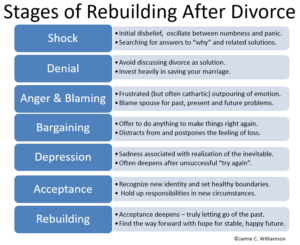
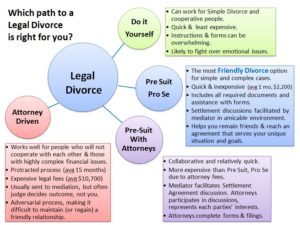

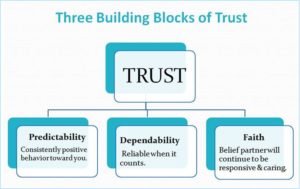
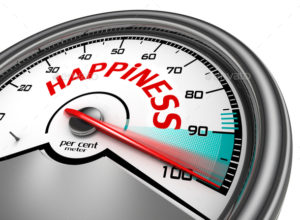 They can’t distinguish their sense of obligation from their once loving commitment. They can’t figure out how their best friend became a stranger. They desperately want to be happy AND do the right thing. So, they are left wondering, “how unhappy do I have to be in order to justify divorce?”
They can’t distinguish their sense of obligation from their once loving commitment. They can’t figure out how their best friend became a stranger. They desperately want to be happy AND do the right thing. So, they are left wondering, “how unhappy do I have to be in order to justify divorce?”